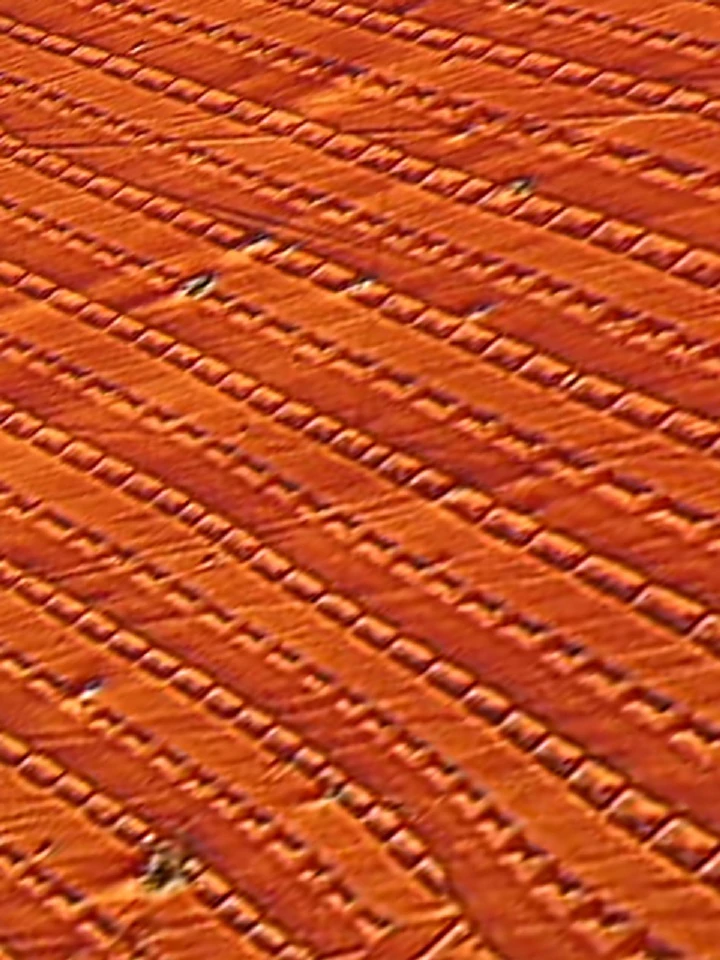Magnets are at the heart of much of our technology, and their properties are exploited in myriad ways across a vast range of devices, from simple relays to enormously complex particle accelerators. A new class of magnets discovered by scientists at the University of Maryland (UMD) and Temple University may lead to other types of magnets that expand in different ways, with multiple, cellular magnetic fields, and possibly give rise to a host of new devices. The team also believes that these new magnets could replace expensive, rare-earth magnets with ones made of abundant metal alloys.
About 175 years ago, physicist James Prescott Joule (the same person after which the unit of work energy, the joule, is named) discovered magnetostriction, where iron-based magnetic materials minutely distort in shape, but not in volume, when placed in a magnetic field. Since then, it has been pretty much accepted that this was the way all magnetic materials behaved.
The work conducted on iron alloys (including iron-gallium, iron-germanium, and iron-aluminum) by researchers at UMD and Temple, however, has resulted in the observation of a property never before encountered in magnetic materials: a change in volume whilst in the process of magnetization. As this was fundamentally different to the phenomenon discovered by Joule, the new magnets are called "non-Joulian magnets."
"Our findings fundamentally change the way we think about a certain type of magnetism that has been in place since 1841," said former Ph.D. student Harsh Deep Chopra, now professor and chair of mechanical engineering at Temple University. "We have discovered a new class of magnets, which we call 'Non-Joulian Magnets', that show a large volume change in magnetic fields. Moreover, these non-Joulian magnets also possess the remarkable ability to harvest or convert energy with minimal heat loss."
The researchers say the low-energy characteristics of these new magnets means they show potential for the production of smaller, more efficient sensors and actuators with ever-smaller heat signatures. Other potential applications range from efficient energy-harvesting devices and compact micro-actuators for space, automotive, robotics and medical applications, through to actuators with exceptionally low thermal signatures ideal for defense applications.
To create these new magnetic materials, professor of materials science and engineering Manfred Wuttig, and Chopra heated certain iron-based alloys in a furnace to approximately 760 ºC (1,400 ºF) for 30 minutes, then quickly cooled them to room temperature. Once cooled, the new materials demonstrated the non-Joulian behavior.
In studying the newly-formed materials under a microscope, the team was astounded to find tiny cell-like structures that appeared to be responsible for the strange non-Joulian magnetostriction they observed.
"The response of these magnets differs fundamentally from that likely envisioned by Joule,” said professor Wuttig. "He must have thought that magnets respond in a uniform fashion. Knowing about this unique structure will enable researchers to develop new materials with similarly attractive properties."
Though this research is in its infancy, the researchers say there is great potential for the production of multi-pole magnets created from simple, abundant alloys to replace expensive rare-earth element magnets in all manner of applications.
The results of this research were recently published in the journal Nature.
Source:University of Maryland




